Lippincott Essentials for Nursing Assistants A Humanistic Approach to Caregiving 5th Edition Carter Test Bank
Nursing Test Bank
Lippincott Essentials for Nursing Assistants A Humanistic Approach to Caregiving 5th Edition Carter Test Bank
- Chapter 1: The Health Care System
- A Holistic Approach to Health Care
- Health Care Organizations
- Patients, Residents, and Clients
- Oversight of the Health Care System
- Paying for Health Care
- Chapter 2: The Nursing Assistant’s Job
- Education of the Nursing Assistant
- The Nursing Assistant as a Member of the Nursing Team
- Legal and Ethical Aspects of the Nursing Assistant’s Job
- Chapter 3: Professionalism and Job-Seeking Skills
- Working as a Professional
- Finding a Job
- Chapter 4: Communication Skills
- Introduction to Communication
- Communicating with People with Special Needs
- Resolving Conflicts
- Using the Telephone
- Communication Among Members of the Health Care Team
- Chapter 5: Those We Care For
- Growth and Development
- Basic Human Needs
- Human Sexuality and Intimacy
- Culture and Religion
- What is it Like to be a Patient or Resident
- Chapter 6: The Patient’s or Resident’s Environment
- The Physical Environment
- Furniture and Equipment
- Adapting the Environment to the Individual
- UNIT TWO: THE HUMAN BODY IN HEALTH AND DISEASE
- Chapter 7: Basic Body Structure and Function
- How is the Body Organized?
- The Integumentary System
- The Musculoskeletal System
- The Respiratory System
- The Cardiovascular System
- The Nervous System
- The Sensory System
- The Endocrine System
- The Digestive System
- The Urinary System
- The Reproductive System
- Chapter 8: Common Disorders
- Introduction to Disorders
- Integumentary Disorders
- Musculoskeletal Disorders
- Respiratory Disorders
- Cardiovascular Disorders
- Nervous System Disorders
- Sensory Disorders
- Endocrine Disorders
- Digestive Disorders
- Urinary Disorders
- Reproductive Disorders
- Mental Health Disorders
- Chapter 9: Rehabilitation and Restorative Care
- Introduction to Rehabilitation and Restorative Care
- Types of Rehabilitation
- The Role of the Nursing Assistant
- UNIT THREE: LONG-TERM CARE
- Chapter 10: Overview of Long-Term Care
- Types of Long-Term Care Settings
- Long-Term Care: Past, Present, and Future
- Oversight of Long-Term Care
- Paying for Long-Term Care
- Chapter 11: The Long-Term Care Resident
- Our Aging Population
- Factors Leading to Long-Term Care Admissions
- Making the Adjustment to Long-Term Care
- Living with a Chronic Condition
- The Young Resident
- Quality of Life in the Long-Term Care Setting
- Chapter 12: Caring for People With Dementia
- Introduction to Dementia
- Types of Dementia
- The “Four A’s” of Dementia
- Behaviors Associated with Dementia
- Caring for a Person With Dementia
- Effects on the Caregiver
- UNIT FOUR: SAFETY
- Chapter 13: Infection Control
- Causes of Infection
- Defenses Against Infection
- Ways Infections are Transmitted
- The Chain of Infection
- Methods of Infection Control
- Occupational Safety and Health Administration (OSHA) Bloodborne Pathogens Standard
- Chapter 14: Workplace Safety
- Protecting Your Body
- Following Procedures
- Fire Safety
- Preventing Chemical and Electrical Injuries
- Disaster Preparedness
- Workplace Violence
- Chapter 15: Patient and Resident Safety
- Accidents and Incidents in the Health Care Setting
- Restraints and Restraint Alternatives
- Chapter 16: Basic First Aid and Emergency Care
- Responding To An Emergency
- Basic Life Support (BLS) Measures
- Emergency Situations
- UNIT FIVE: BASIC PATIENT AND RESIDENT CARE
- Chapter 17: Assisting With Repositioning and Transferring
- Assisting With Repositioning
- Assisting With Transferring
- Chapter 18: Assisting With Exercise
- Assisting With Walking (Ambulation)
- Assisting With Range-of-Motion Exercises
- Chapter 19: Bedmaking
- Linens
- Standard Bedmaking Techniques
- Chapter 20: Measuring and Recording Vital Signs, Height, and Weight
- Introduction to Vital Signs
- Body Temperature
- Pulse
- Respiration
- Blood Pressure
- Height and Weight
- Chapter 21: Assisting With Hygiene
- Introduction to Personal Hygiene
- Assisting with Oral Care
- Assisting with Perineal Care
- Assisting with Bathing
- Chapter 22: Preventing Pressure Ulcers and Assisting With Wound Care
- Preventing Pressure Ulcers
- Assisting With Wound Care
- Chapter 23: Assisting With Grooming
- Introduction to Grooming
- Assisting with Hand Care
- Assisting With Foot Care
- Assisting with Dressing and Undressing
- Assisting with Hair Care
- Assisting with Shaving
- Assisting with Vision and Hearing Accessories
- Chapter 24: Assisting With Nutrition
- Introduction to Nutrition
- Factors that Affect Food Choices and Eating Habits
- Special Diets
- Assisting With Meals
- Assisting With Fluids
- Alternative Ways of Providing Nutrition and Fluids
- Monitoring Blood Glucose Levels
- Chapter 25: Assisting With Urinary Elimination
- Introduction to Urinary Elimination
- Assisting With Bedside Commodes, Bedpans, and Urinals
- Caring for a Person With an Indwelling Urinary Catheter
- Caring for a Person Who is Incontinent of Urine
- Obtaining a Urine Specimen
- Measuring Urine Output
- Chapter 26: Assisting With Bowel Elimination
- Introduction to Bowel Elimination
- Problems With Bowel Elimination
- Obtaining a Stool Specimen
- Assisting With Enemas
- Assisting With Ostomy Care
- Chapter 27: Assisting With Comfort and Rest
- General Comfort Measures
- Managing Pain
- Heat and Cold Applications
- UNIT SIX: SPECIAL CARE CONCERNS
- Chapter 28: Caring for People Who Are Dying
- Terminal Illness
- Advance Directives and Wills
- Attitudes Toward Death and Dying
- Care and Support of the Dying Person and the Family
- Postmortem Care
- Chapter 29: Caring for People with Developmental Disabilities
- Introduction to Developmental Disabilities
- Education and Protection of Rights
- Caring for People With Developmental Disabilities
- Chapter 30: Caring for People with Cancer
- Introduction to Cancer
- Detecting and Treating Cancer
- Caring for a Person with Cancer
- Chapter 31: Caring for People with HIV/AIDS
- Introduction to HIV/AIDS
- Attitudes Toward People With HIV/AIDS
- Caring for a Person with HIV/AIDS
- Chapter 32: Caring for People Who Are Having Surgery
- Introduction to Surgery
- Pre-Operative Care
- Intra-Operative Care
- Post-Operative Care
- Oxygen Therapy
- Chapter 33: Caring for People in the Home Environment
- Introduction to Home Health Care
- The Home Health Aide
- The Home Health Care Environment
- Infection Control

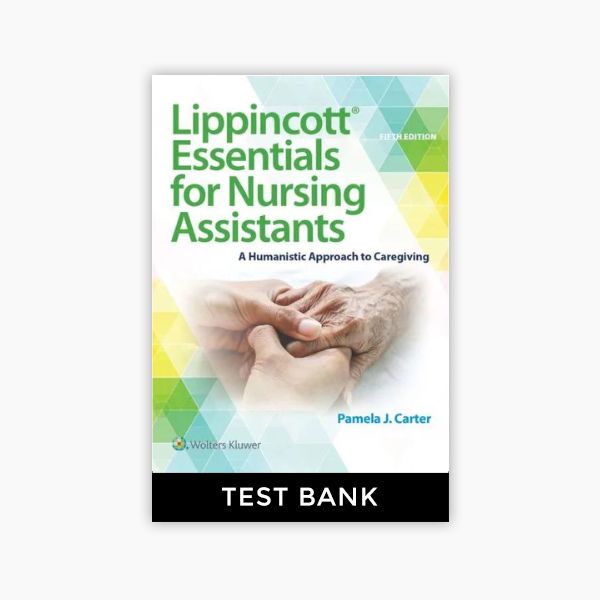




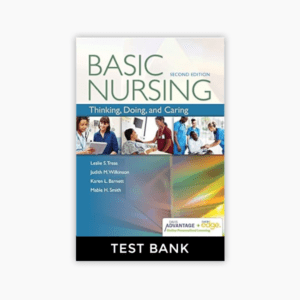
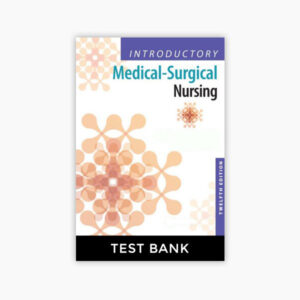



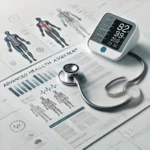
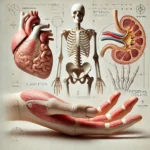




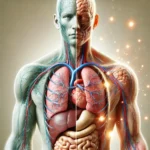


Reviews
There are no reviews yet.